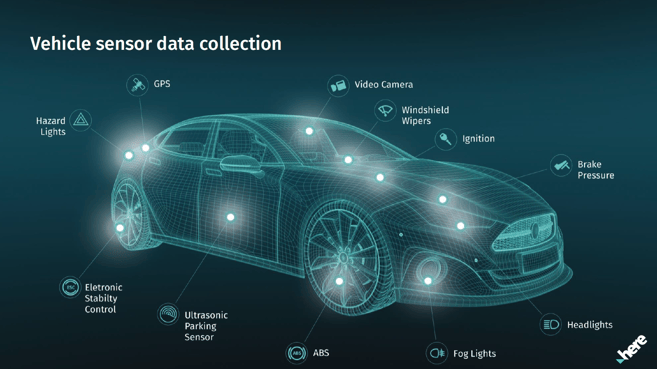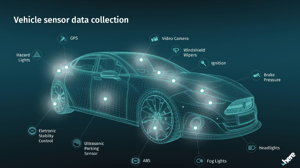The Australian Road Research Board is a data organisation and has been using big data since before it was called ‘big data’.
We use it every day for cutting edge research and to produce the robust foundations that help our clients stay safe and make informed decisions and policy.

In the early 2000s the internet transformed from static websites (basically the online equivalent of a magazine) to dynamic websites, allowing users to interact with the content. The emergence of these interactive websites allowed every click and key stroke to be gathered and the big four Google, Apple, Facebook and Amazon began accumulating huge amounts of data. At this point we had entered the world of big data with the wide spread use of smart phones and location services.
Today and most relevant to the road transport industry, connected vehicles have caused the latest data explosion. Any connected device with a GPS receiver, provides data on ‘where’ and ‘how fast’ that device is travelling, and modern connected cars provide an even richer dataset from their array of sensors.
Modern vehicles with advanced driver assistance systems (ADAS) can generate gigabytes of data every day. This provides a wealth of new information, but it is also where big data problems begin. Working with big data is not easy. The challenges include managing privacy and governance issues, combining data that is fragmented and inconsistent and the size of data that dramatically increases hosting, transfer and storage costs.
To meet these challenges, ARRB has specialists in Data Analytics and Data Intelligence who work every day with our partners and customers to solve these big data challenges.
If you want to find out more about how ARRB can help your organisation solve big data challenges, contact us at info@arrb.com.au
